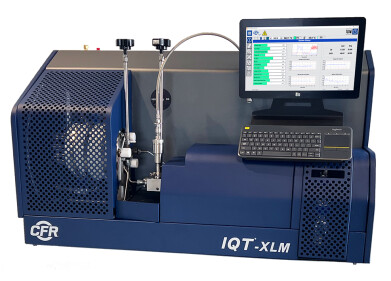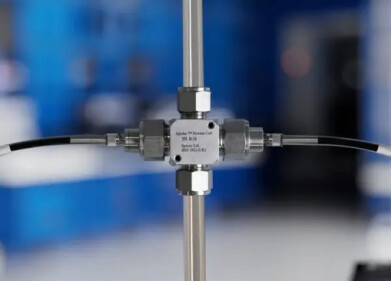Analytical Instrumentation
How is 'Big Data' Helping BP?
Sep 08 2017
Big data is revolutionising industries across the globe, and oil and gas is no exception. Ever a pioneer, BP is spearheading the big data trend in a bid to endure the weak oil prices that have been plaguing the market.
According to inside sources the British based oil company is investing millions in big data technology that promises to improve the use of its resources. It’s a key part of its push to lower costs and heighten efficiency in an in era of consistently weak oil prices.
BP pledges to harness digital technology
Over the next three years the UK oil group will unleash a fivefold increase in its data capacity, with Ahmed Hashmi, head of technology for BP’s exploration and production business maintaining that the biggest efficiency gains are still to come.
Specifically, BP is aiming to boost its data storage capacity from about 1 petabyte (PB) to 6PB by 2020. The integration of machine learning and artificial intelligence will play an all-important role, with big data taking centre stage.
Turning real-time cloud data into valuable intel
According to Hashmi over 99% of BP’s global oil and gas wells are equipped with sensors that generate a constant flow of real-time data on production, performance and infrastructure condition. This means that if harnessed in the right way, the data could have an enormous impact on overall efficiency.
So how does it work? As it’s collected, the data is fed into a cloud-based storage system which can be accessed by BP engineers anywhere, at any time.
“The vision is to have absolute knowledge of what’s going on in the field,” explains Hashmi. “Increasingly, we can improve reliability and safety by predicting what is going to happen before something goes wrong.”
A fibreoptic advantage
While investing in digital technology is something that all major oil and gas companies are prioritising, Hashmi claims that BP is ahead of the competition with sophisticated sensing devices and around 2,000 kilometres of fibreoptic cable of carrying 5m data points every minute. The results are already starting to show, with reliability of BP’s exploration and production facilities increasing from 88% in 2012 to 95% in 2016. Technology is the main driver, and Hashmi is adamant that the positive trend will continue.
“We’re putting data at the fingertips of our engineers and scientists,” he says. “We are allowing them to spend more time doing high-value work rather than putting Excel spreadsheets together. We see a symbiotic relationship between machines and humans where artificial intelligence optimises the choices for people to make.”
Given the volatile state of the market, efficiency is front of mind for all oil and gas giants. For a closer look at the latest techniques, “Issues With Liquefied Calibration Gas Mixtures” spotlights five “best practice” rules designed to help operators get the most out of liquefied gas mixtures.
Digital Edition
PIN 25.5 Oct/Nov 2024
November 2024
Analytical Instrumentation - Picturing Viscosity – How Can a Viscometer or a Rheometer Benefit You? - Sustainable Grease Formulations: Evaluating Key Performance Parameters and Testing Method...
View all digital editions
Events
Dec 03 2024 Dusseldorf, Germany
Dec 08 2024 Anaheim, CA, USA
Turkey & Black Sea Oil and Gas
Dec 11 2024 Istanbul, Turkey
Dec 19 2024 Aurangabad, India
Jan 20 2025 San Diego, CA, USA



















